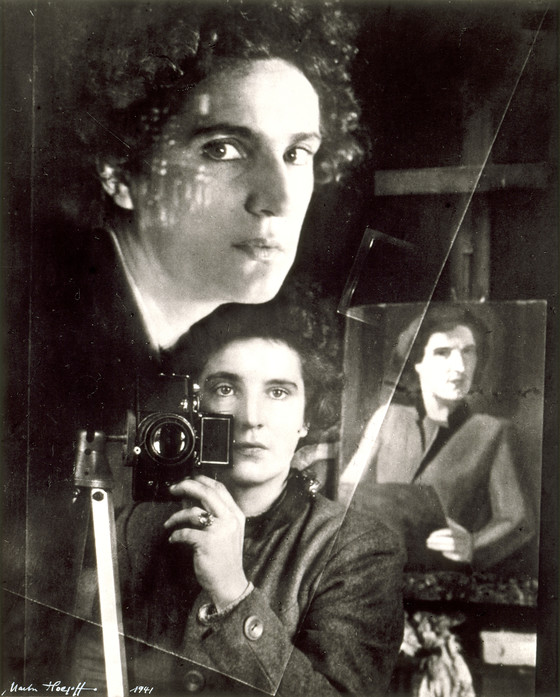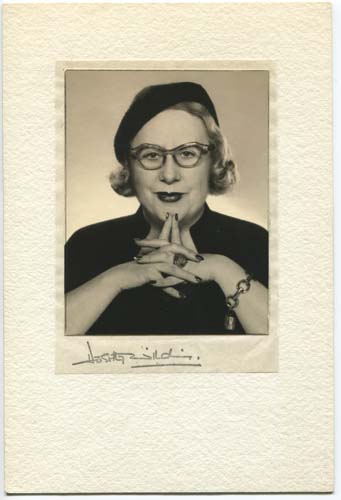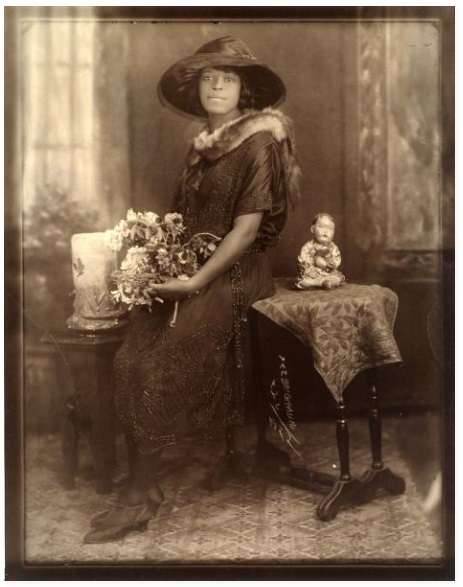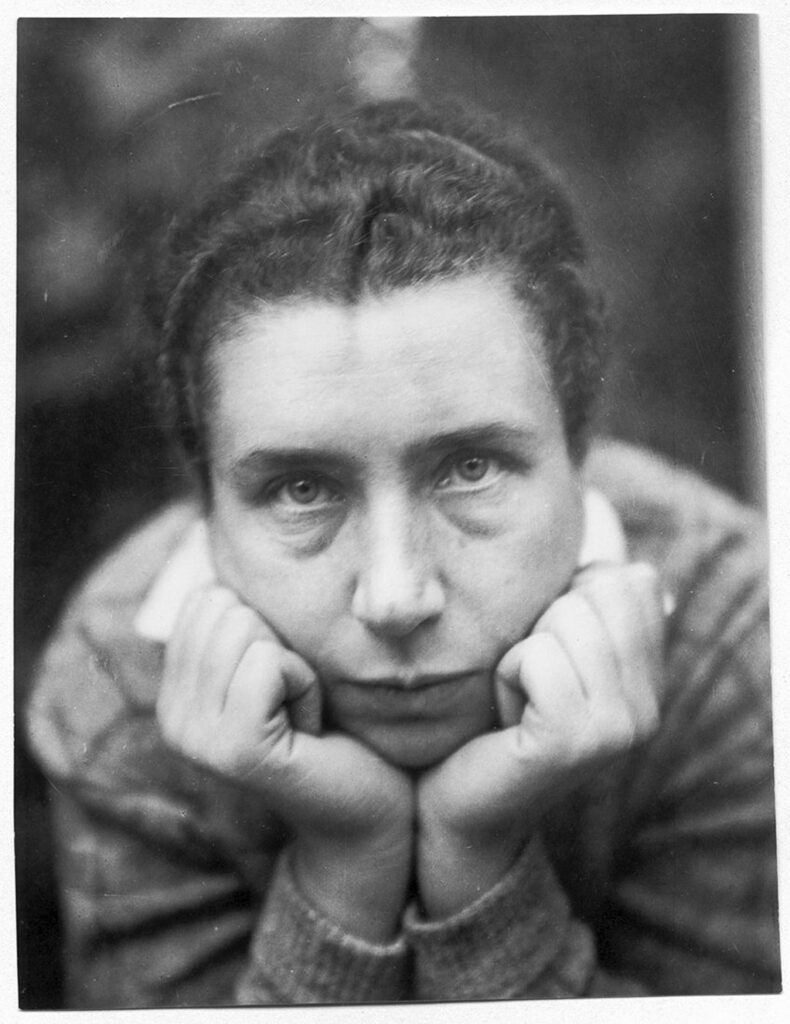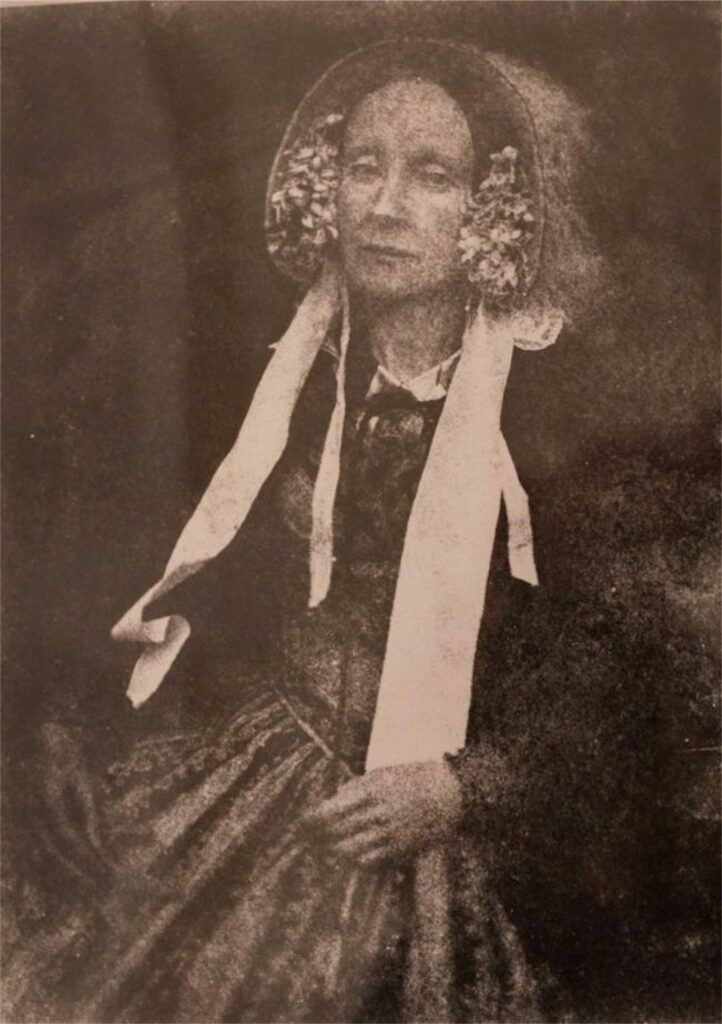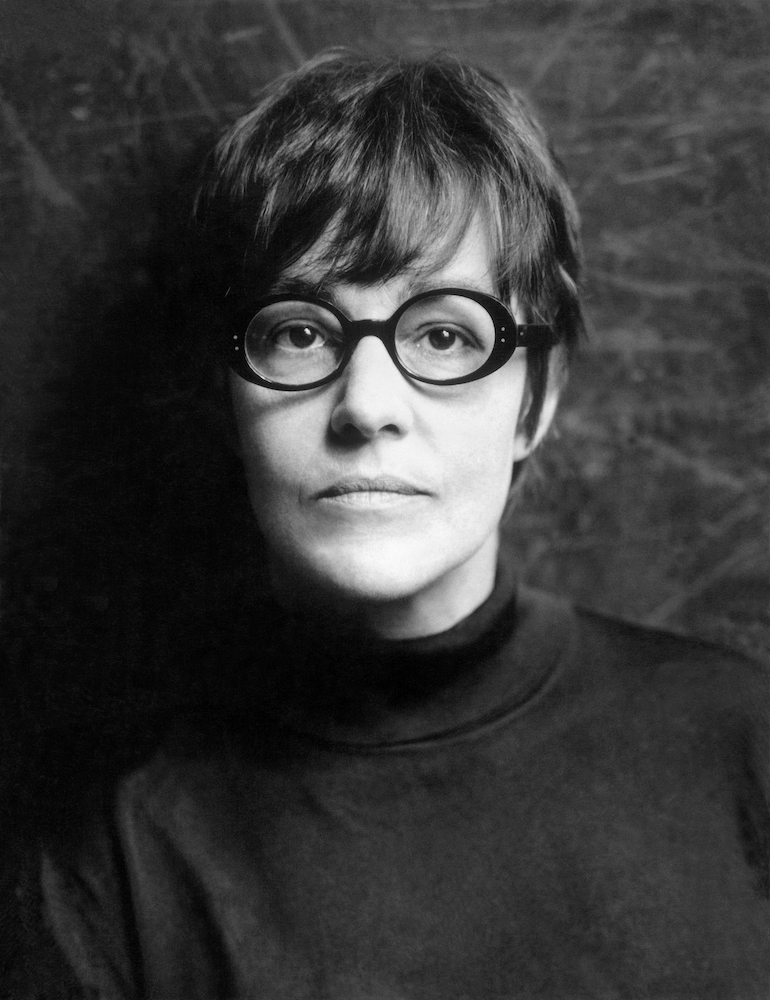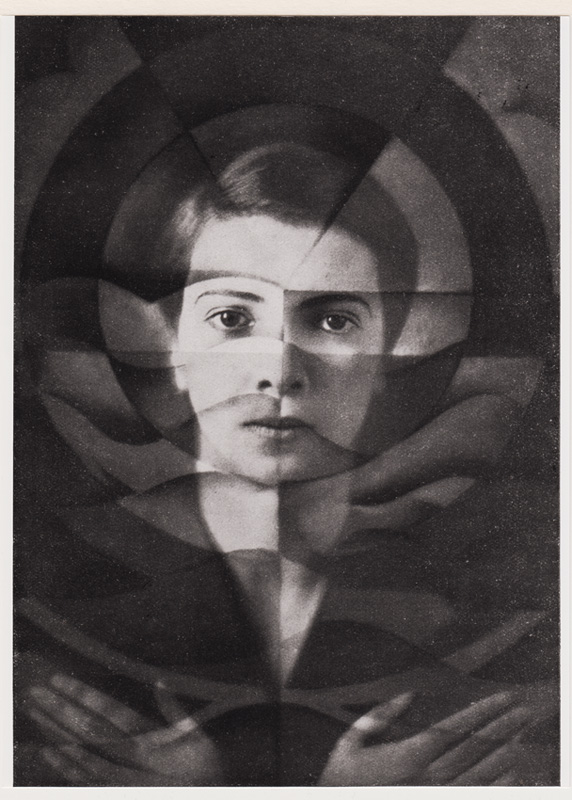7 Historical Heroines born in January
Here are seven women in photography to celebrate this month…
Marta Hoepffner born 4th January 1912
Born into an avant-garde family as the niece of Dadaist Hugo Ball, Marta Hoepffner studied modernist painting, graphics, and photography.
With the rise of Nazism and its dislike of modernism, Marta kept her experimental work secret. She left the school and scraped a living making picture stories for the Illustrierte Zeitung, and illustrations for Das Illustrierte Blatt (1936 – 1938), as well as portraits of soldiers and public figures.
At the same time, she perfected solarization, double exposure and photograms in her studio in Hofheim am Taunus. Her style of high-contrast light studies combined pictorial abstraction with the techniques of the New Vision movement.
Dorothy Wilding born 10th January 1893
Dorothy Wilding was born in Gloucester in 1893. Living in her uncle’s household, she was discouraged from becoming an actress and instead began to study photography.
By the age of 21, she had opened her first studio and in 1937 opened a second in New York. She was already in great demand for society photos when, in 1952, she was asked to take the first of her now-iconic portraits of Elizabeth II.
She was the first woman to be appointed as the Official Royal Photographer (for the 1937 coronation) and built an illustrious career as a society and royal photographer. Between 1952 and 1971, her portraits formed the basis of The Queen’s image on British postage stamps.
Jane Louise Van Der Zee Toussaint Welcome born 10th January 1885
Jennie Louise Van Der Zee, an African American woman born in Lenox, Massachusetts, moved with her family to New York in the early 20th century.
Jennie stood out as the first African-American owner of a business in Harlem where, at the time, many white people resided. The Toussaint Conservatory of Art and Music in Harlem, her art school and photographic studio, ran for over 40 years. Known as the ‘Legendary Harlemite’, Jennie was also unique in that she was one of the only African American women filmmakers from the silent film industry.
To celebrate and highlight African-American patriotism during the First World War, Jennie made Charge of the Coloured Division: Somewhere in France, under The Toussaint Pictorial Company. Nearly 100,000 full-colour posters of her painting, featuring an African American war hero, were distributed across the country.
Lucia Moholy born 18th January 1894
Lucia Moholy’s iconic photographs document the architecture, products and influential people of the Bauhaus, the German school of architecture, design and applied arts.
As a Hungarian-Jew, Lucia fled Nazi Germany in 1933. Lucia was forced to leave behind her collection of 560 glass-plate negatives. Up until as late as 1985, many of Lucia’s photographs were distributed and used to represent Bauhaus without any credit attributed to the artist.
Lucia continued to fight for recognition for her work and despite the amount of time that passed, much of her original work was never recovered or returned to her.
Jessie Mann born 20th January 1805
Born Janet Mann, Jessie Mann is regarded as the first Scottish woman photographer. She lived in close proximity to Hill & Adamson studio – the first photography studio in Scotland, set up by David Octavius Hill and photographer and engineer Robert Adamson in 1843.
Jessie started working as David and Robert’s assistant, and was tasked with photographing the 450 ministers who had broken away from the Church of Scotland, during The Great Disruption, to form the Free Church of Scotland.
It is also believed that Jessie is the assistant who made the photograph of the King of Saxony in 1844, taken at the studio whilst David and Robert were unavailable. A resulting print is now in the Scottish National Portrait Gallery.
Evelyn Hofer born 21st January 1922
After fleeing Nazism with her family, Evelyn was apprenticed to photographers in both Basel and Zurich, including Hans Finsler — one of the pioneers of ‘New Objectivity’, a movement which championed realism and rejected the abstract tendencies of Expressionism (another prevailing style of the period).
Evelyn was a proponent of both colour and black and white photography, regularly using the complicated dye transfer printing process. She used a 4×5 large-format camera mounted on a tripod with a dark cloth at the back, which was challenging to use for portraits in long exposures and difficult to focus. However, this method enabled her to achieve a sensitivity and stillness in her portraiture, the work for which she is perhaps best known.
Like August Sander and William Eggleston, Evelyn photographed subjects in their natural environment. She photographed various communities, from Dublin gravediggers to Harlem churchgoers posing with bicycles, in football shirts, or against a flowering cherry tree – capturing the magical details of everyday life.
Yva born 26th January 1900
One of the premier fashion and portrait photographers of her day, Else Simon opened her Berlin studio under the name ‘Yva’ in 1925 and specialised in fashion photography which appeared in publications like Berliner Illustrirte Zeitung, Die Dame, Elegant Welt, Gebrauchsgraphik and Uhu magazine.
She experimented with photomontage and pioneered the photo-essay with a series in Uhu in 1930 showing the ‘New Woman’; the independent, liberated woman of the day, wearing silk stockings, driving automobiles and playing sport.
Within a year of opening her studio, she had a one-person show at a leading Berlin gallery. At the height of her fame, she employed 10 assistants.
Yva and her husband were transported and killed in the Majdanek concentration camp in 1944. Most of her negatives were destroyed during the Second World War but some of her studio, magazine and fashion work survives in the Ullstein Bild archive.

